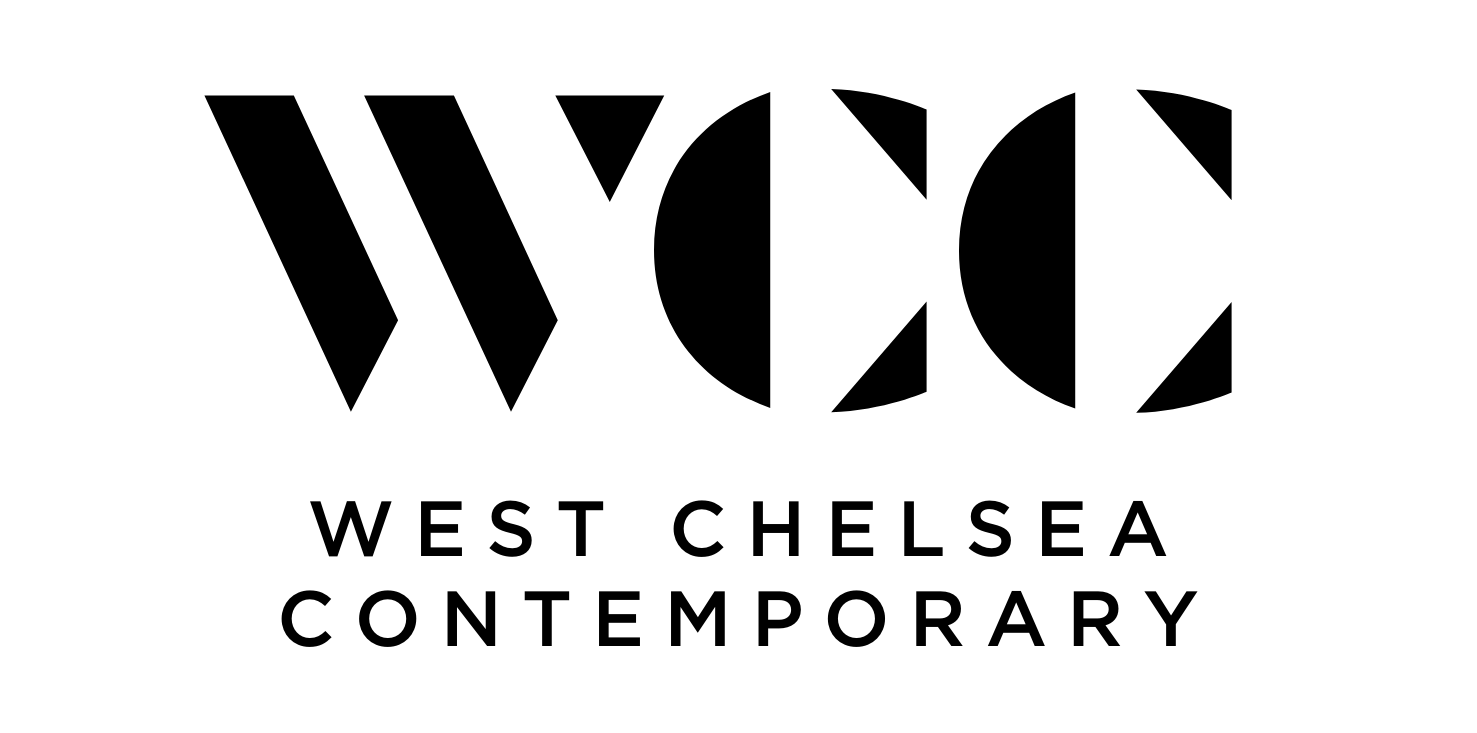Prospective art investors need to know the ins and outs of art appraisal. If you can’t understand the process of valuing art, you’ll have a hard time making the most of your investments. Even if you’re not an expert, having some idea of the factors affecting art value and the pricing process can give you a leg up in investing and negotiations. Learn the basics of how art is appraised and valued so you can start investing with confidence.
What is Art Appraisal?
Art appraisal is the process in which a professional evaluation is used to determine an artwork's market value. This is necessary for insurance, sales, and investment decisions. Appraisers, who are experts in art history and market trends, play a key role in this process by assessing factors like the artist's reputation, provenance, and the artwork's condition to establish a fair market value. They do this by examining the piece, reviewing its history, and comparing it with similar recent sales.
The Purpose of Appraising Artwork
Appraisals are indispensable for setting insurance values and ensuring artworks are properly covered against damage or loss. They also provide a pricing benchmark in sales, helping both sellers and buyers understand fair market transactions. For investors, knowing an artwork's appraised value helps them make informed purchasing decisions and manage their portfolios effectively.
Factors Influencing Art Valuation
Art valuation hinges on several factors that investors should understand.
Authenticity
Provenance, or the history of an artwork's ownership, is one such factor. A well-documented provenance can confirm authenticity and enhance value, while gaps might cast doubt on legitimacy.
Artist Reputation and Demand
The reputation of the artist and current market demand are also important. Blue chip artists with strong followings or critical acclaim often see their works valued higher. Market demand can shift with trends, so staying informed about the art world helps investors know what to buy and when to sell.
Condition of the Artwork
The condition of the artwork is another consideration. Pieces in excellent condition generally command higher prices, while damage or restoration can reduce value.
Historical Signfiicance
Historical significance can also elevate an artwork's value. Works that capture a pivotal moment in an artist’s career or represent a significant movement may be more valuable due to their cultural importance.
How is Art Priced?
Art pricing varies across different selling platforms, each with its own dynamics. In galleries, prices are typically set by the gallerist in collaboration with the artist, taking into account the artist’s career stage and recent sales. This setting often provides more stable pricing.
Auctions can lead to unpredictable pricing. Bidding wars might push prices above estimates, while a lack of interest can result in lower sales. Auction houses set estimates based on past sales and market trends.
Private sales offer discretion, with prices often negotiated based on the relationship and interests of the buyer and seller.
Market trends and economic conditions also impact pricing. During economic booms, art prices may rise with increased disposable income and investment interest, while downturns can depress the market.
Maintaining and Increasing Art Value
Proper care can maintain and potentially increase the value of art investments. Make sure to keep your pieces in optimal storage conditions to protect against damage from light, temperature, or humidity.
Documentation is equally crucial. Detailed records of provenance, appraisals, and any restoration work can enhance an artwork's value and appeal to future buyers.
Investors might also explore ways to increase value, such as promoting the artist’s work or loaning pieces to exhibitions. This can raise the artist’s profile and, consequently, the artwork’s market value.
Understand Art Appraisal to Invest With Confidence
Grasping the nuances of art appraisal and valuation is a necessary skill for art investors and those looking to start collecting art. If an investor can understand the factors that influence the answer to the question, “How is art valued?” they can make informed decisions and refine their investment strategies.
These guidelines offer a solid foundation for those eager to explore the art market further. Visit West Chelsea Contemporary today to learn more or discuss your art investment needs. Contact us for more information or to book an appointment. You can also shop artwork from an assortment of contemporary artists.
Image Credit: SeventyFour / Shutterstock
